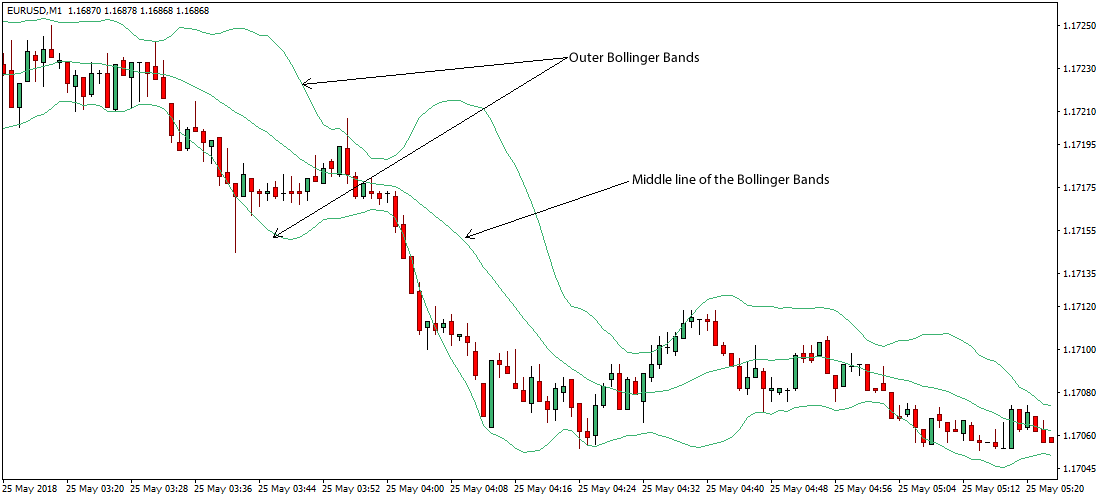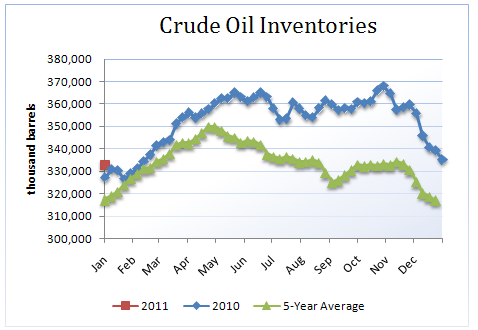
The full form of SaaS is software as a service delivered over the internet and licensed by a simple license agreement. It is one of the most famous types of SaaS available in the current times. The major way that they differentiates is that SaaS is everything about software and how it is passed on while PaaS is more of a platform and how it is delivered. It defines that there can be come overlap in what every two services does.
- PaaS is often the most cost-effective and time-effective way for a developer to create a unique application.
- One term you’re likely seeing more frequently in the world is XaaS, short for Everything as a Service.
- Building solutions from scratch allows developers to build with needed integrations in mind.
- The merchant is still responsible for installing and managing updates to their Magento software.
- But the solution chosen must depend on what functionalities the business requires.
This means that developers can build, run, and manage apps in an environment that is available on day one — without the need for on-premise infrastructure. But businesses will need to manage their own applications and data. This gives the customizability that many developers look for, while providing the foundation for data protection, storage, and uptime that they desire. Customers can provision, configure and operate the servers and infrastructure resources via a graphical dashboard, or programmatically through application programming interfaces (APIs). The difference is that the cloud service provider hosts, manages and maintains the hardware and computing resources in its own data centers. IaaS customers use the hardware via an internet connection, and pay for that use on a subscription or pay-as-you-go basis.
The most significant disadvantage of PaaS is that you can only control what’s built on the platform. If there’s an outage or issue with the hardware or operating system, the software will go out with it. You can access all three via internet browser or online apps available on different what differentiates paas from saas devices. A great example is Google Docs, which allows your team to collaborate online instead of needing to work on one Microsoft Word document and send it around to each other. Most large corporations use all three, while most mid-sized companies frequently use more than one.
IaaS: Infrastructure as a Service
It works as another layer on top of the infrastructure services and automatically handles the details of capacity provisioning, load balancing, scalability, and application health monitoring. PaaS allows the developer to focus on the creative side of app development as opposed to the menial tasks such as managing software updates or security patches. Instead, their time and brainpower can go into creating, testing and deploying the app.

With both SaaS and PaaS services available, it can easily become confusing. In this article, we take a look at what differentiates PaaS from SaaS. This cloud service also can greatly reduce costs and it can simplify some challenges that come up if you are rapidly developing or deploying an app.
Key Differences Between PaaS and SaaS
Software as a Service, also known as cloud application services, represents the most commonly utilized option for businesses in the cloud market. SaaS utilizes the internet to deliver applications, which are managed by a third-party vendor, to its users. A majority of SaaS applications run directly through your web browser, which means they do not require any downloads or installations on the client side.
- These cloud servers are typically provided to the organization through a dashboard or an API, giving IaaS clients complete control over the entire infrastructure.
- All your staff will have personalized logins suitable to their access level.
- This is particularly true when establishing your digital presence through a website.
- When it comes to simplicity of implementation, SaaS has the benefits.
On the other hand, PaaS allows you to manage your data and applications only, and with SaaS, everything is managed by your service provider. PaaS primarily focuses on protecting your data, which is vital in the case of storage as a service. Also, if you want your developers to focus on building applications and not on running security patches, you should consider using PaaS. IaaS helps the user save time and costs as the service provider manages the hardware setup.
SaaS provides numerous advantages to employees and companies by greatly reducing the time and money spent on tedious tasks such as installing, managing, and upgrading software. This frees up plenty of time for technical staff to spend on more pressing matters and issues within the organization. You are not necessitated to wait or cope with issues involving customer service. If we judge purely in terms of expenses, then SaaS is the cheapest of all three, then comes PaaS, and IaaS is the most expensive cloud computing service.
PaaS
Particularly in the case that they need to set up e-commerce quickly and efficiently. SaaS means a great option for most smaller-scale or quick-turnaround projects. It totally depends upon the customer to choose its resources wisely and as per need.
The cloud server is fast, secure, affordable, and more efficient than traditional storage systems. For example, if I wanted to create an app for my business, I would use a PaaS product, and it would act as the platform for my app to run on. Once it’s finished, it would be considered SaaS because it would now provide a service to its users. The biggest advantage of using SaaS products is how easy they are to set up and start using. Because SaaS products are cloud-based, all you need to do to start accessing applications is to simply log in. IaaS, PaaS, and SaaS are the three main categories of cloud computing.
When to Use SaaS
This is because the cloud service provider usually manages everything else while you manage the applications and services you create. Customers would still need to build out their own tech stack, making IaaS more similar to using on-premise systems from a practical standpoint. SaaS, or software as a service, is the most comprehensive cloud computing service, delivering an entire SaaS application, managed by a vendor, through a web browser. This means that everything — including software updates, bug fixes, and maintenance — is handled by the SaaS provider.

However, it heavily relies on outside vendors, and the user has almost little to no control over its changes. Software as a Service or SaaS provides you access to a web application through the internet. With both products, there’s a risk of external management data that can compromise the function and security of the tools you’re using. SaaS is best for companies looking for out-of-the-box ease of use, and PaaS is best for companies looking to build a solution on an existing network. PaaS helps developers build custom apps via an API that can be delivered over the cloud. The most distinct difference between IaaS and PaaS is that IaaS offers administrators more direct control over operating systems, and PaaS offers users greater flexibility and ease of operation.
However, your decision to use any model should be based on your business type. These Google products have rapidly risen to the top of the list of the most popular collaboration and communication tools on the market. It provides limitless storage space at high speeds for all your files and is entirely free to use. The target audience for SaaS platforms is majorly end users, while the target audience for PaaS platforms is primarily developers, and the target audience for IaaS is majorly network architects. Scaling is completely transparent to end users and all configuration and additional resources are provided by the vendor.
Cloud computing is using a network of different servers that host, store, manage, and process data online — in «the cloud,» as I mentioned earlier. The cloud refers to how and where data is stored — perhaps more importantly, where it isn’t. The cloud allows software and services to run on the internet instead of only locally on one device because the data is stored remotely across various servers. In addition, PaaS providers take care of platform upkeep and upgrades on your account, freeing your developers to concentrate solely on developing software. IT and Development teams will need to monitor and manage the performance of the applications, servers, networking, and storage.
It works on the pay-as-you-go model, so a user has to pay for only the services they use, negating any extra charges. It is available to the users as a public, private, or hybrid deployment model. Businesses and developers often leverage a PaaS provider because they don’t have to worry about the underlying cloud infrastructure and PaaS solutions offer a high level of flexibility for customization. SaaS is delivered through the internet as a full functional service, accessible via any web browser.
ServiceNow Application Portfolio Management: The Ultimate Guide
Like SaaS, it does not require you to install or manage software on-premise. It provides them with a framework that eliminates the need to manage or set up the databases, servers, networks, and storage infrastructure. With Platform as a Service or PaaS, an external party provides tools to its users via the internet. The third parties involved in PaaS offer their tools and services on their own infrastructure to users for application development. IaaS facilitates small-sized businesses and organizations seeking an inexpensive cloud solution to support their business.
What’s New in the 2022 Gartner Hype Cycle for Emerging … – Gartner
What’s New in the 2022 Gartner Hype Cycle for Emerging ….
Posted: Wed, 10 Aug 2022 07:00:00 GMT [source]
IaaS businesses typically provide services such as pay-as-you-go storage, networking and virtualization. Platform as a Service (PaaS) is a software application architecture that allows software developers to build and host applications through infrastructure resources such as servers and storage systems. Some of the limitations of PaaS programs are similar to SaaS products. In many cases, the programs are easy to opt in to but very difficult to get out of. Furthermore, there are data security issues as is the case when using any third-party vendor. With PaaS applications developed in-house, data stores within the platform provider, As with any cloud-based service, it is important to practice basic internet safety.















